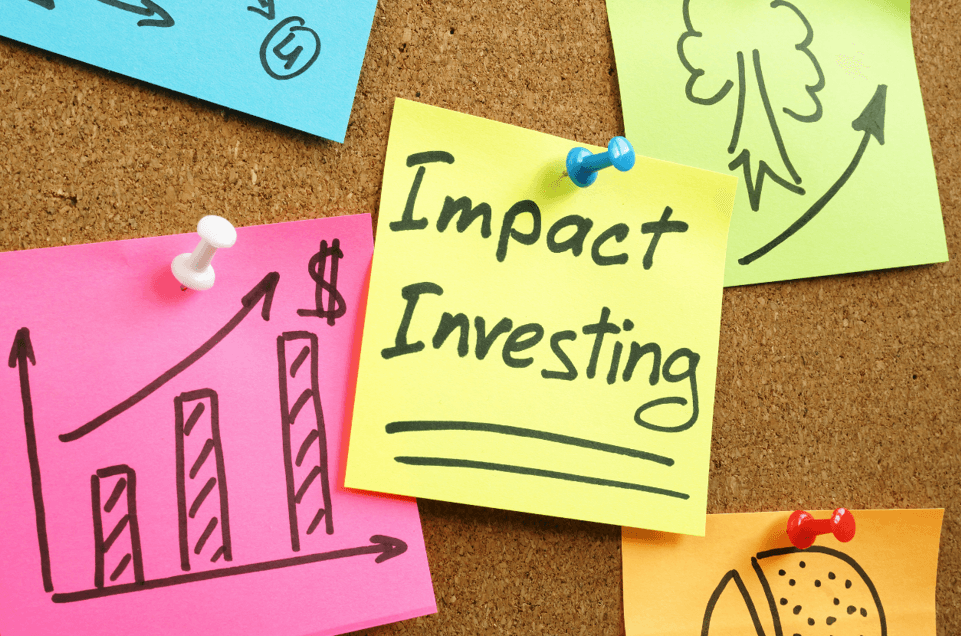Why Sustainability Must Be Top of Mind in 2022
Countless governmental policy proposals and NGO efforts have tried to curb human-induced climate change, but (sometimes) honest intentions and global collaboration have proven insufficient at curbing rising temperatures and greenhouse gas (GHG) emissions.
Global brands must remember that the price of climate change is not only paid for in rising temperatures but can also be measured in big dollars and bottom lines. According to the Swiss Re Institute, if global temperatures continue to rise, climate change could destroy up to 18% of worldwide GDP by 2050. This has left investors and companies no choice but to recognize the impact of climate change on their businesses.
Governments and NGOs Alone Cannot Fix Climate Change
By 2020, only 91 of Fortune 500 companies – around a third – had committed to carbon neutrality. Regulators have tightened standards more than ever. Landfill fees, for instance, have increased threefold in some US states since 2010, a positive move to reduce the amount of methane released by landfills and its pernicious effects on the environment. But most companies require more encouragement.
Pressure from consumers and investors is critical. With a concerted effort from all stakeholders – investors, corporations, governments, NGOs, and individuals – there is time to both slow the rise of temperatures around the globe and prevent immense financial losses.
ESGs Aren’t Just Good for the Environment
According to the OECD, over $17.5 trillion has been invested using ESG principles – and this investment is rising. ESG witnessed a doubling of new investments between Q1 2020 ($10.4 billion) and the same period in 2021 ($21.5 billion), according to Morningstar, a leading investment research services provider.
In 1999 the Dow Jones financial index started to publish its Sustainability Indices the DJSI. Over the last five years the DJSI World Index has regularly outperformed the S&P Global Broad Market Index (BMI). Five years ago, the DJSI achieved 1.08% performance against the BMI, three years ago it achieved 1.78% performance and the early indications are that in 2020 it outperformed the BMI by 4.48%.
The lesson? Truly sustainable companies are increasingly being rewarded in the market. These organizations are hardwiring sustainable practices into their company balance sheets. The Chartered Institute of Management Accountants (CIMA) describes Tomorrow’s Balance Sheet, saying: “Today, governance, strategy and sustainability are inseparable. Companies need long-term sustainable strategies that they can demonstrate to their stakeholders.”
Companies that bake in sustainability deliver long-term value. Their cost base is reduced through the elimination of unnecessary resources, and they can source more plentiful and price-stable products. They also avoid landfill taxes and other penalties. These benefits feed directly down to the bottom line and ultimately contribute to value creation, company reputations, and long-term corporate survival.
Long-Term Sustainability Over Short-Term Profitability
Investors have found their voices in driving the adoption of sustainable practices and are increasingly insisting that organizations operate accordingly. For example, Blackrock, the largest asset manager in the world, expects all organizations in which they invest to adopt ESG principles.
In May 2020 the S&P Index started publishing its Global ESG Scores to the investment community, tracking many of the largest companies in the world. According to the latest data, 86% of the S&P 500 largest companies were already publishing sustainability responsibility reports as of 2018, a dramatic increase from just 20% in 2011. Banks are also being pressured by their shareholders to ask tough questions about sustainability before lending.
New Metrics for Evaluating Organizations
Going forward, organizations will be evaluated on a wider set of value metrics than profit alone. This can be seen in the B-Corporation model that balances purpose and profit and requires certified companies to consider the holistic impact of their decisions, from transparency and governance to employees, communities and the environment.
Organizations will be judged on their total contribution to the environment – both on how they limit destructive externalities like emissions, pollutants and long product lifecycles, and how they maximize environmentally positive behaviors like recycling, emissions capturing, and end-of-life product solutions.
Sustainability is the Only Route to Long-Term Value
Policy makers, businesses and stakeholders can work in tandem to push back against climate change. Consumers can choose sustainable products over the competition, and investors can use their influence to attract funds to sustainable businesses and operating models. Organizations will then see the full potential of embedding sustainable practices into their strategies and processes.
As we kick off 2022, all of us must recognize that it’s not a case of either environmental sustainability or commercial sustainability – for today’s businesses, they are one in the same.


